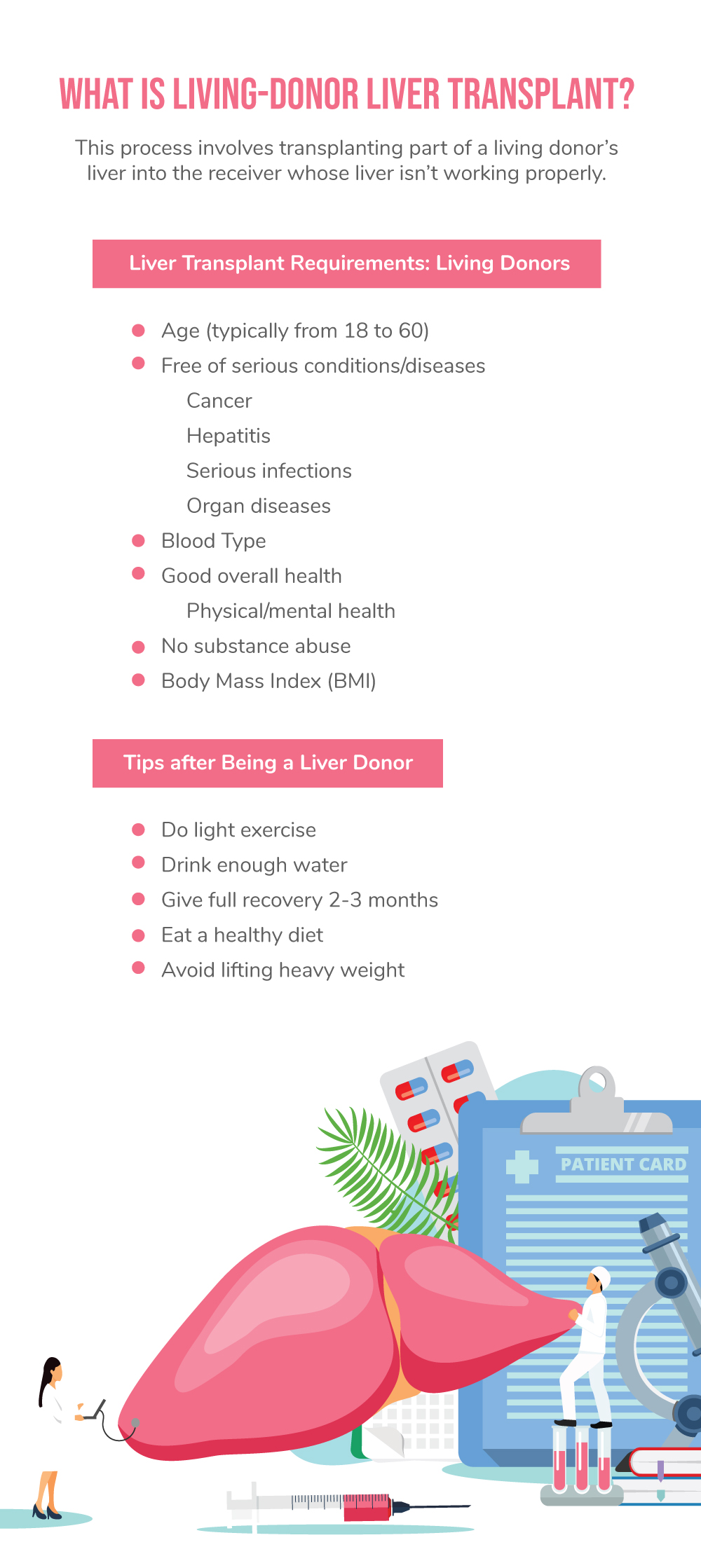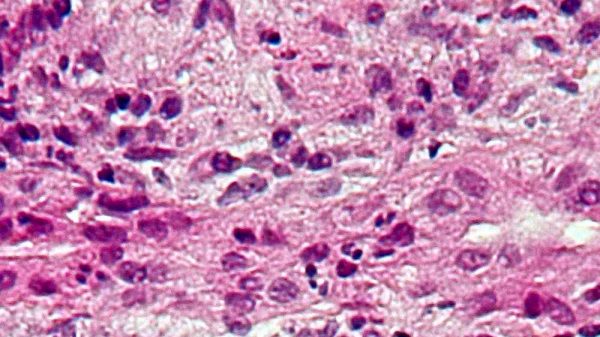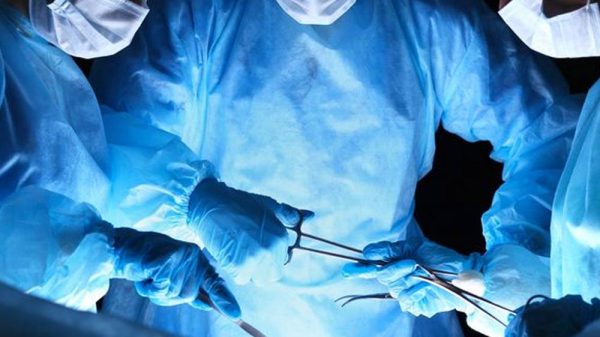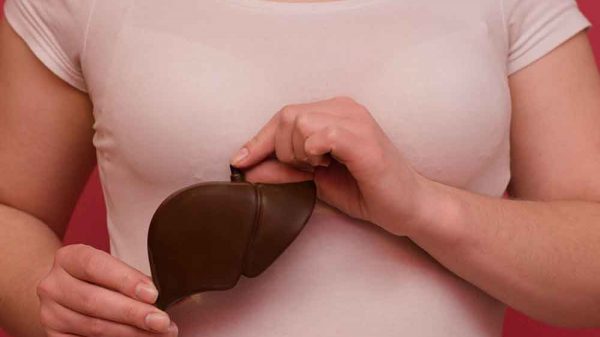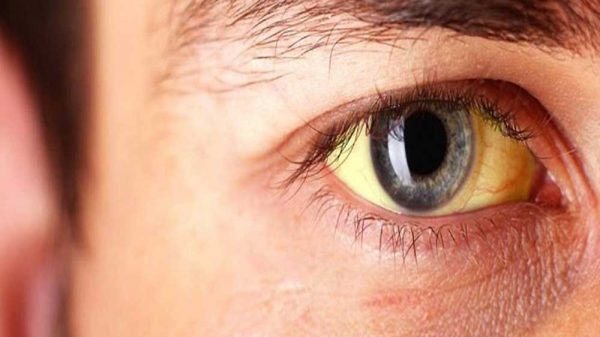Are you considering being a liver transplant donor? In the USA alone 750,000+ liver transplants have been done since the 1980s. it’s also the second-most common organ transplant worldwide besides kidney transplants. Deciding to be a liver donor provides several possible benefits. The most obvious ones are the health benefits provided for the organ receiver. It gives him/her the chance to have a fully-functioning healthy liver. This can be a new start for someone who’s had various issues like liver disease and cirrhosis. There are also psychological plusses like helping someone who can benefit from the transplant. You should also know the possible risks and liver transplant requirements.
in fact, there are various requirements that must be met if you want to be a live liver donor. For example, you must have good general health and be free of various diseases like heart disease. It’s also important for donors to have strong support due to the physical/mental challenges involved with donating livers. These factors can be just as important as meeting other criteria related to health, age, etc. Organ donors should certainly be commended for being willing to help improve people’s health. However, it’s not an easy process and you should be prepared for the risks and difficulties involved with the process.
What Is Living-Donor Liver Transplant?
This process involves transplanting part of a living donor’s liver into the receiver whose liver isn’t working properly. The remaining liver of the donor grows back itself and returns to the regular volume/function in a few months following the surgery.
The organ receiver also benefits from the surgery since the transplant can help to improve the form and function of their vital organs. This medical procedure is less common than liver transplants from deceased donors.
The amount of the liver that’s removed during the surgery varies. However, as much as 60% of the donor’s liver can be transferred to the receiver. They can then benefit from the partial liver since it replaces their sick liver. Within weeks the livers of the donor/recipient grow to normal size.
This procedure has been done on adults for a few decades since the last 1990s. The liver is one of the few organs that are able to grow again. The operation is an important one that transforms the patient’s life.
The main issue no other therapies exist for liver failure. This differs from the use of dialysis to help patients with kidney failure until they can get a kidney transplant. There’s a system used to determine how important liver transplant is for people with liver problems. It’s known as Model for End-Stage Liver Disease (MELD).
The MELD has provided help for people on the liver transplant’s waiting list. However, a downside is it requires people to have serious liver problems before they qualify for a transplant. in fact, the liver is the second-most needed organ transplanted following kidneys.
When people have serious liver disease it’s important for them to get help as soon as possible. This is why living liver transplants so critical. it’s also why some people are choosing to donate a portion of their liver to help another person.
Liver Transplant Requirements: Living Donors
1. Age
The age is typically from 18 to 60. This is critical for various reasons in terms of the liver’s health. it can also help to find a good match for the donor’s liver based on the receiver’s age. This is another critical issue to consider when determining whether or not you can donate a partial liver.
2. Free of serious conditions/diseases
This includes various ones including:
- Cancer
- Hepatitis
- Serious infections
- Organ diseases
If you already have one of these conditions then you should avoid volunteering to donate your liver. If you’re unsure it’s best to get tested to find out if you have 1+ of these conditions. Besides being related to whether you can donate a partial liver it’s also good to know for your own health.
3. Blood Type
It’s important for your blood type to also be compatible with the organ receivers. This is an important issue that must be sorted out if you’re interested in donating a partial liver.
4. Good overall health
This includes physical/mental health. Experts in physical/mental health conduct tests to determine if the candidate donor has good general physical/mental health. This is critical to help provide the best experience for the organ receiver.
5. No substance abuse
It’s also important that you’re not currently engaged in substance abuse including alcohol and tobacco. This could have a negative effect on your organs including the liver. This could have a negative effect on the liver’s receiver.
6. Body Mass Index (BMI)
This must typically be within a certain range like under 35. Make sure to research the BMI requirements to make sure you meet the requirement. If your BMI is too high to become a living donor then you should consider a weight loss program. It not only can allow you to become an organ donor but can provide you various health benefits as well.
Tips after Being a Liver Donor
1. Do light exercise
Try to do some light exercise 1-2 days per week as your liver heals. Avoid any high-intensity workouts and heavy lifting. The key is to stay active, which can help to speed up the recovery process. The liver’s regrowth happens quickly but you should still avoid rushing your recovery. Give your liver time to heal and regrowth.
2. Drink enough water
Make sure you’re consuming enough water. This will help to boost your liver’s regrowth and also help to prevent constipation. Make sure you’re drinking the minimum 2 liters of water per day. You should consider boosting it to 3 liters to get the best results.
3. Give full recovery 2-3 months
This is the amount of time required for the liver’s regrowth. The part that you donated won’t grow back. However, the areas around the liver will regrow until the liver becomes full. Make sure to take it easy until this process is completed but doing light physical activity can help to speed up the healing process.
4. Eat a healthy diet
this is something you should anyway. However, if you’re recovering from being a living donor it’s also important. Make sure you’re eating a healthy and well-balanced diet. You should also avoid foods like creamy foods including cheese, and fried foods. These will be tougher for your liver to process after the surgery so it’s important to wait to enjoy such foods until you’ve recovered fully.
5. Avoid lifting heavyweight
Avoid lifting 10+ pounds post-surgery. This could cause you to experience a hernia. Make sure to take it easy for a while. As always, it’s better to be on the safe side. Even if you’re able to lift heavier weight right after your surgery make sure to give your body time to recover as one of the liver transplant requirements.
